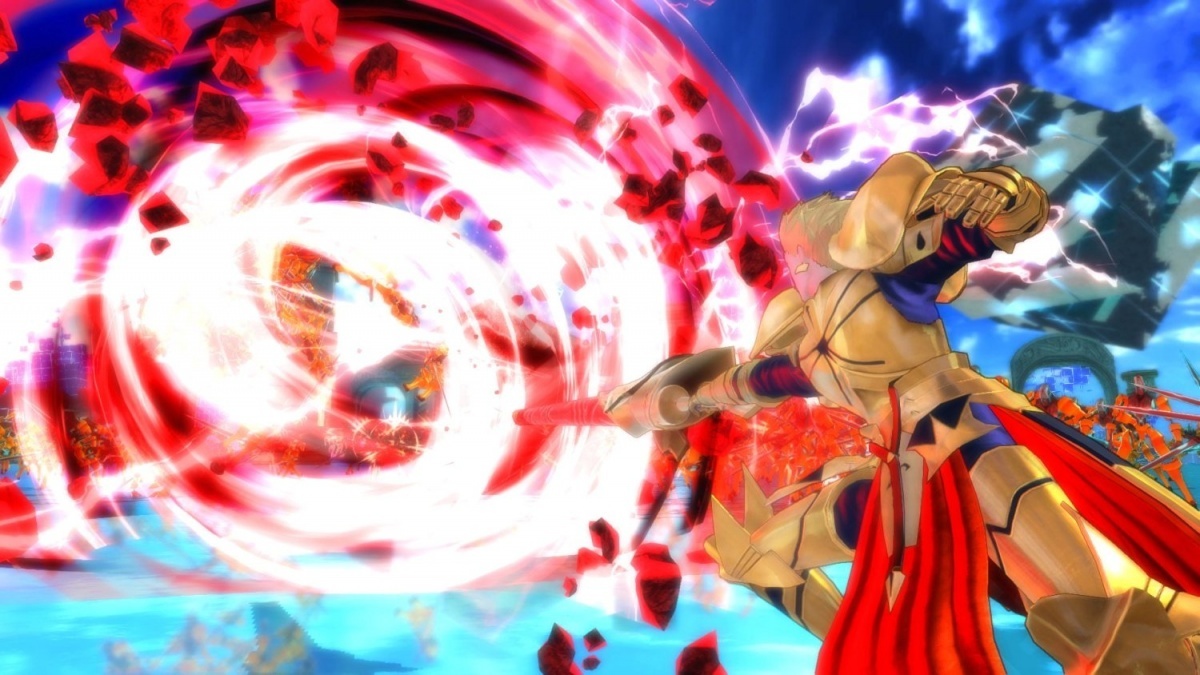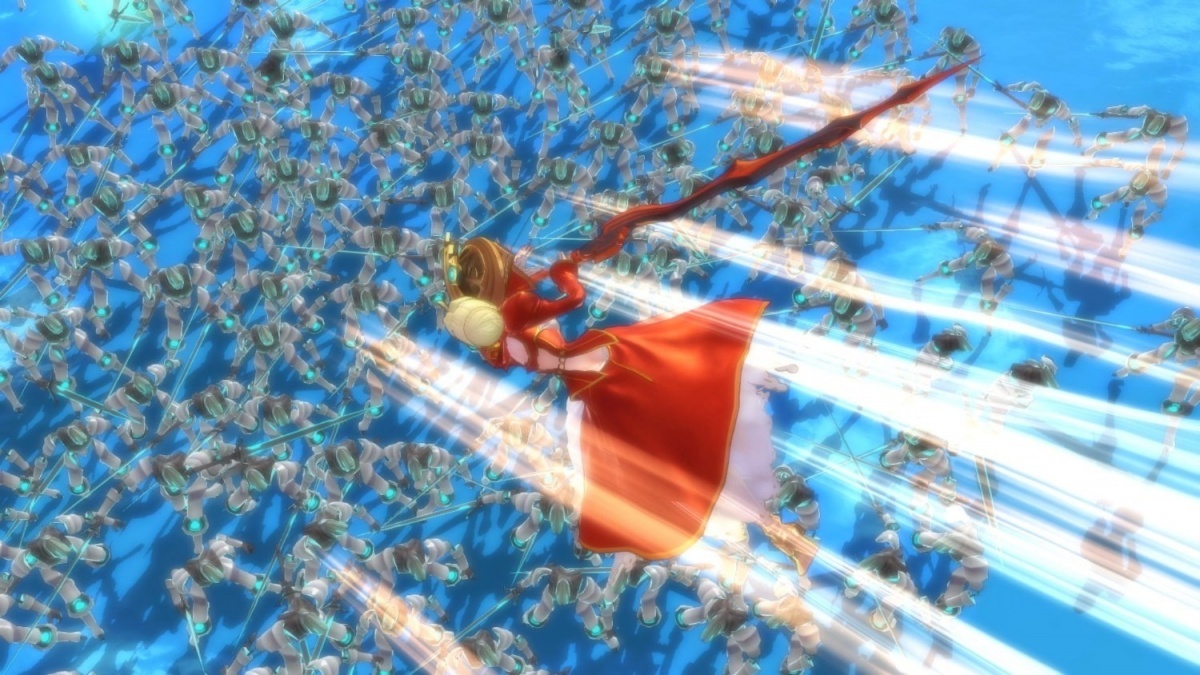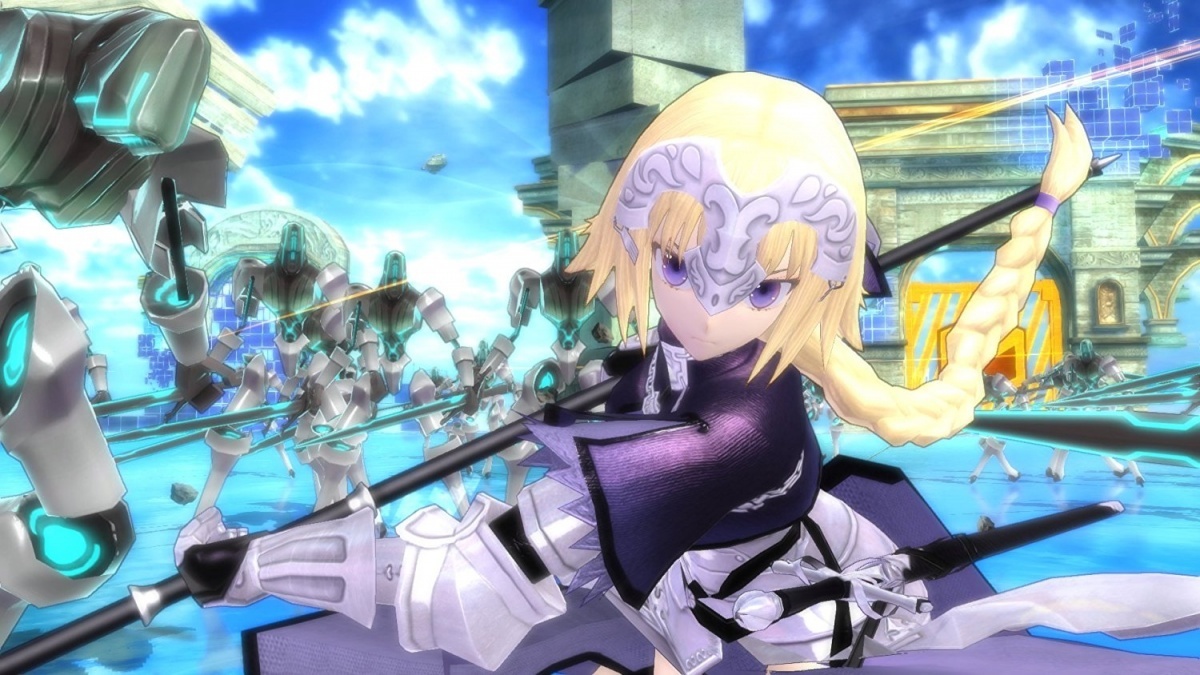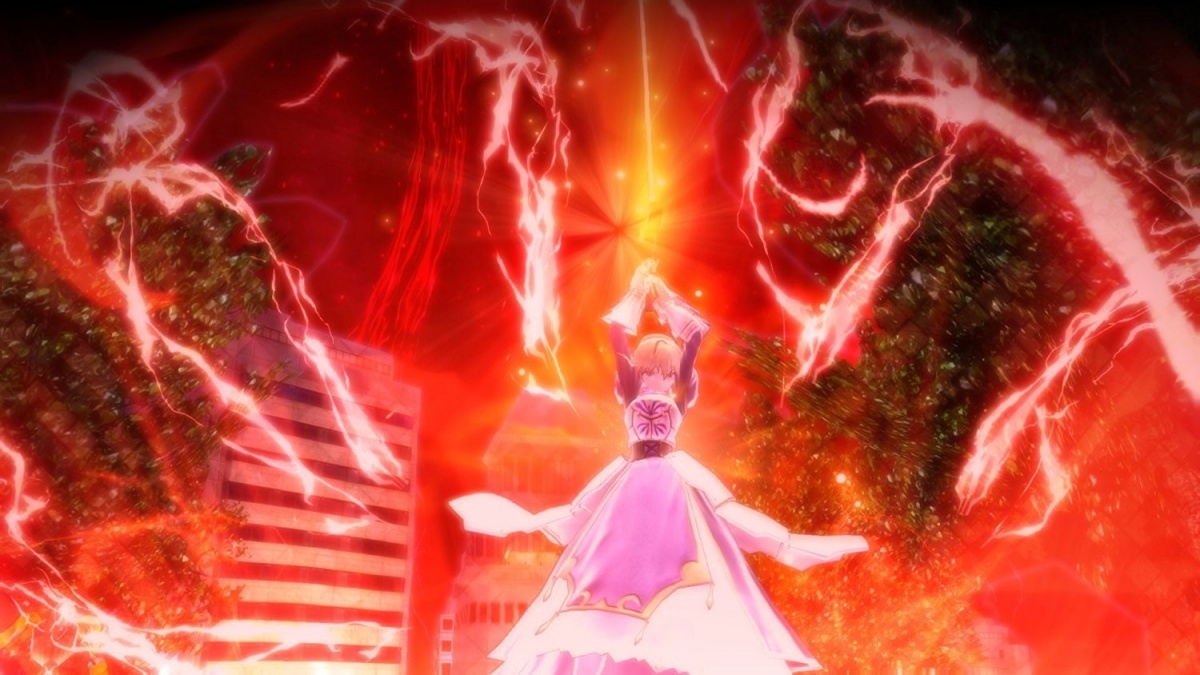Fate/Extella: The Umbral Star (Nintendo Switch) Review
By Shane Jury  21.07.2017
21.07.2017

Although the series has garnered a worldwide fan-base since its first iteration in 2004, the Fate series is still a relative unknown to many. Beginning as an adult-focused visual novel and released on PC initially before being ported to PlayStation 2 and PlayStation Portable, Fate/Stay Night would enjoy critical widespread acclaim and sales, before moving onto other branches of media - a manga adaptation, anime development, and many videogame spin-offs and story prequels. Often foregoing the traditional role-playing route in favour of other genres, the Fate titles have dabbled in dungeon crawling, one-on-one fighting, and now with Fate/Extella: The Umbral Star, a Musou-like experience. In what marks the first appearance of said genre on Nintendo Switch, does Fate/Extella gather the crowds willingly or disperse them too hastily?
Similar to the main establishing narrative of other Fate media, Fate/Extella tells the tale of the Moon Cell, a powerful supercomputer embedded in Earth's orbiting rock, and the artificial world that lies within. Humanity has learned to tap into the network of this Cell, and fought cyberspace wars in order to maintain peace or cause devastation with its power, using the strength of 'Servants,' strong digital beings with ties to ancient heroes of history. The main human character of this story, male or female depending on player preference, is the winner of the last war, and through unforetold means ends up being split into three parts; Mind, Body and Soul, each becoming attached to a specific Servant. This is how Fate/Extella's main story begins, told from three different character paths, with both history and untold events being communicated as the narrative progresses. Japanese voice acting with multiple language subs are used and done so very well.
Starting off rather basic with the first playable Servant, this story becomes surprisingly complex and engaging over time; simple in presentation as usually cut-scenes consist of one or more characters speaking, but are still interesting overall, especially when a world-ending calamity is introduced, alongside the being that will call it to Earth if not stopped. Terminology is a notable stumbling block, as there is a lot of wordplay and definitions to comprehend even just to begin with, although there is a handy encyclopaedia tucked away in the main menu for easier understanding.

Musou-like games usually adhere to a specific style of play; guiding one character at a time in third-person, the player fights hordes of on-screen enemies in real-time, usually with all manner of attacks and strategies available to clear the screen as quickly as possible and secure the current territory for their own side, the end goal being to conquer the entire map. Fate/Extella: The Umbral Star follows this rule, but throws in a couple of unique aspects. Using the Joy-Con duo or a Switch Pro Controller, there's a basic attack and a strong attack that can be combined and mixed to form different combos, a special chain of strikes initiated when a meter is filled to a sufficient degree, and a block trigger that stops incoming offense; all essential actions in a Musou.
A special limit-breaker function can be used after defeating enough enemies that lets the Servant go all out with unblockable moves and a wider range of offense, and a trio of collectable Phantasm Circuits that can devastate a territory when gathered all together. The terminology used for each of these techniques will again likely not stick in the mind too well at first, but the controls and destination guidelines are given excellently at key intervals of early battle. Fighting is relatively basic when starting off, but as Servants gain experience points and level up, they gain new combos and techniques, and different class associations allow for fighters that feel drastically different from one another; not just in choice of weapon but overall strength and defence statistics.

The control scheme for fighting is solid and works well, but the same cannot quite be said for the camera. Although it is responsive and moveable at all times, there is no lock-on feature for the Aggressors; certain enemy programmes that safeguard a territory and become the primary target when they appear. With lots of carnage and bodies flying about on-screen, it can become very difficult to keep track of these specific foes when needed. Bafflingly, there is such a focusing function in the game, but only for enemy Servants, who appear far less frequently than Aggressors. Even with options to invert the horizontal and vertical axes, or to fix the camera at a distance or close up at will, it becomes far too erratic. Hopefully this focusing detail can be patched in at some point, but as the system stands now it can become very irritating.

Fate/Extella looks, sounds and runs great on Nintendo Switch, making use of a clean anime visual style and engaging yet sombre tunes, with minimal performance differences between docked and portable mode. There might have been potential to increase the number of enemies on-screen in the overclocked docked mode, but as there is already a vast amount by default, this is a non-issue. There are only a couple of notable moments where the frame-rate slows or stutters, usually during a heavy battle with lots of programme foes and other Servant opponents visible, but these are generally few and far between. A very slight visual stutter occurs on the end-of-battle victory screen, too, which is unfortunate but by no means a detriment to the overall experience.
Games with Musou elements tend to be chock-full of content, and The Umbral Star is no different. The main story paths, unlockable one after the other, each hold a vast amount of potential to customise things, as certain dialogue paths and equippable abilities can greatly sway the outcome of an upcoming battle. A Side Story option in the main menu allows for use of other subjugated Servants in their own small story paths, with each possessing an individual fighting style. Lastly, a Free Battle mode lets any Servant fighter access any already-played map, of which there are many. The Gallery feature is also a notable time-sink, with biographies for each character, an event re-player, the ever-handy encyclopaedia, a music tool, and a checklist of all collected abilities thus far. Fate/Extella: The Umbral Star is primarily a solo-focused, offline affair, but marks a solid, if slightly flawed, first outing for the series on Nintendo Switch.

Cubed3 Rating
Very Good - Bronze Award

A worthy debut for not only the series but also the genre on Nintendo Switch, Fate/Extella: The Umbral Star combines a solid foundation of enemy wave eliminations and territory domination with a surprisingly developed and engaging narrative, despite the various camera issues and regular jargon blockage. It is definitely a slow burner that fits well into a mindless brawler or an intriguing fable on demand.

![]() 7/10
7/10
![]() 0
(0 Votes)
0
(0 Votes)
 Out now
Out now  Out now
Out now  Out now
Out now  Out now
Out now Comments
Comments are currently disabled

 Sign In
Sign In Game Details
Game Details Subscribe to this topic
Subscribe to this topic Features
Features





 Top
Top

